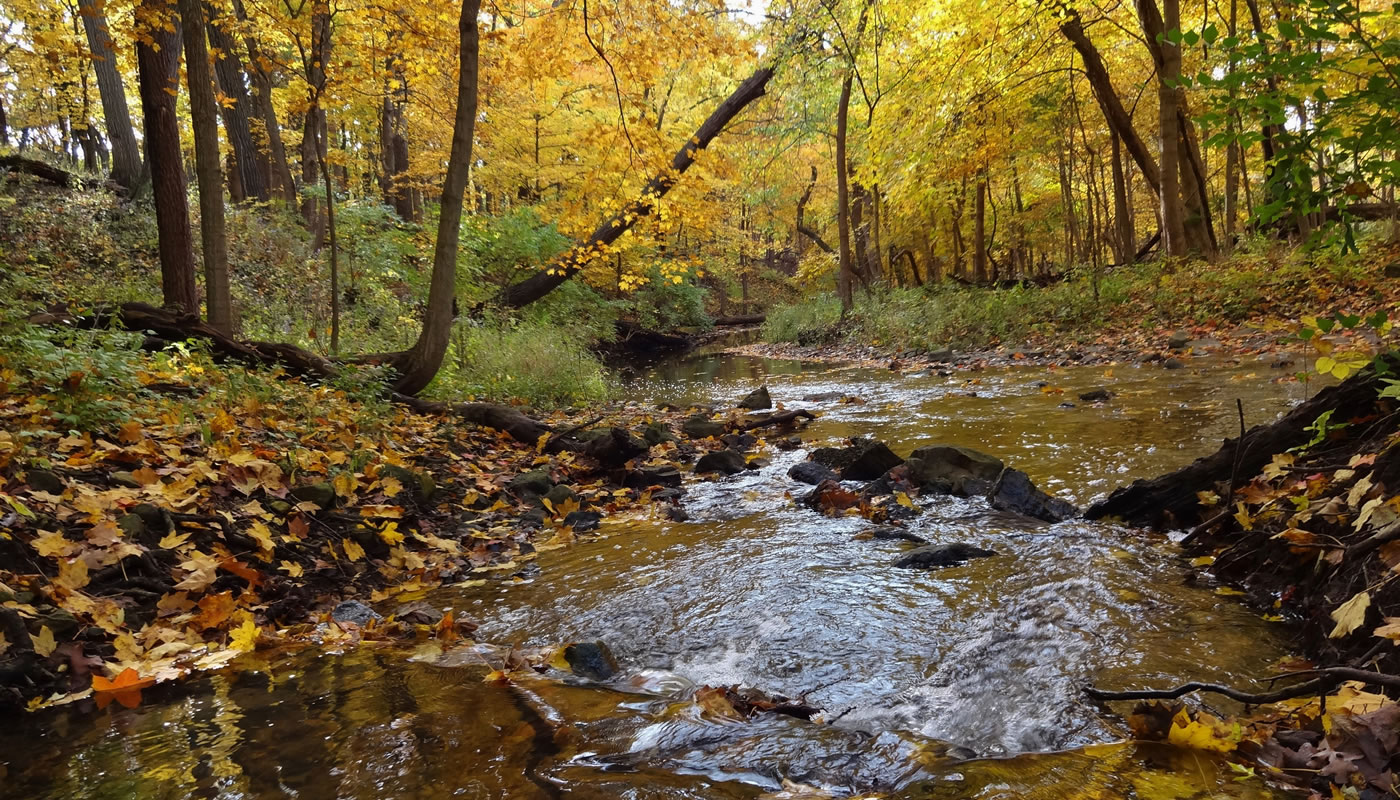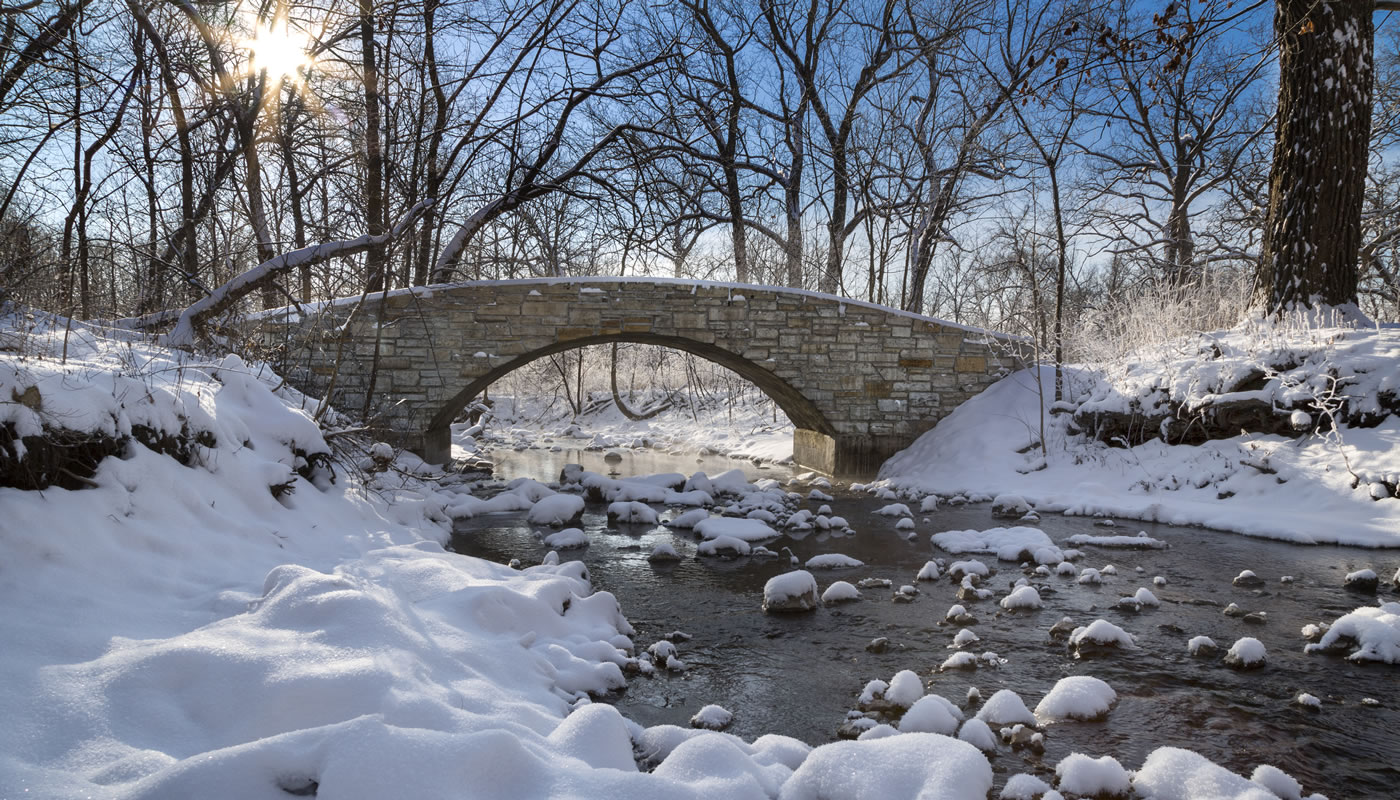Black Partridge Woods’ 80 acres feature bluffs overlooking the Des Plaines River, ravine forests and spring-fed streams. The site is a protected Illinois Nature Preserve.
On this page:
Locations & Things to Do
Black Partridge Woods
Entrance
Things to Do & Amenities
- Parking
- No Fishing
- Volunteer Opportunities
- No Alcohol (without permit)
- No Dogs
- Service dogs are allowed at most public locations. View accessibility policies.
Hours
Year-round: Sunrise to SunsetClosures & Alerts
Black Partridge Woods Nature Preserve
Location
Things to Do & Amenities
- No Parking
- No Fishing
- Volunteer Opportunities
- No Alcohol (without permit)
- No Dogs
- Service dogs are allowed at most public locations. View accessibility policies.
Hours
Year-round: Sunrise to SunsetClosures & Alerts

Nature Notes
Over the millennia, the spring-fed stream that winds through the 80 acres of Black Partridge Woods carved a ravine into a broad, sloping bluff overlooking the Des Plaines River. Today, canopies of sugar maple, basswood and oak drop sharply from the highlands to the streambed below. This unique ravine landscape, together with the preserve’s location on a sleepy road in a corner of Lemont, makes Black Partridge Woods a rare treat.
Black Partridge Woods boasts one of the earliest displays of spring wildflowers in the region. In late March and early April, thick-leaved skunk cabbages and bright yellow marsh marigolds push up in wet areas along the stream. Pink and lavender blooms of hepatica spread on the hills rising from the stream valley.
In mid- to late April, prairie trillium, trout lilies, wild ginger, waterleaf and wild geranium bloom on the slopes of the ravine. As April gives way to May, the pink and yellow of shooting stars and golden Alexanders add color to the open areas of the woodland.
Animals observed here include northern water snake, American toad, wood pewee and red-headed woodpecker. Early May is primetime for birdwatching, as migrating warblers and other songbirds stop to rest and feed in the preserve on their long flights north.
The high-quality waters of Black Partridge’s stream provide a home to many species of fish, amphibians and reptiles. One resident is the rare mottled sculpin, a fish that requires cool, highly oxygenated water. To protect this stream and its inhabitants, Black Partridge Woods was designated an Illinois Nature Preserve in 1965, the second site in Illinois to receive this distinction.
Volunteer Opportunities
Black Partridge Woods is an 80-acre site featuring river bluffs, ravine forests, and spring-fed streams. Restoration activities center on the removal of invasive species like honeysuckle and barberry with the use of loppers and hand saws. Weather permitting volunteers will build and burn brush piles.

